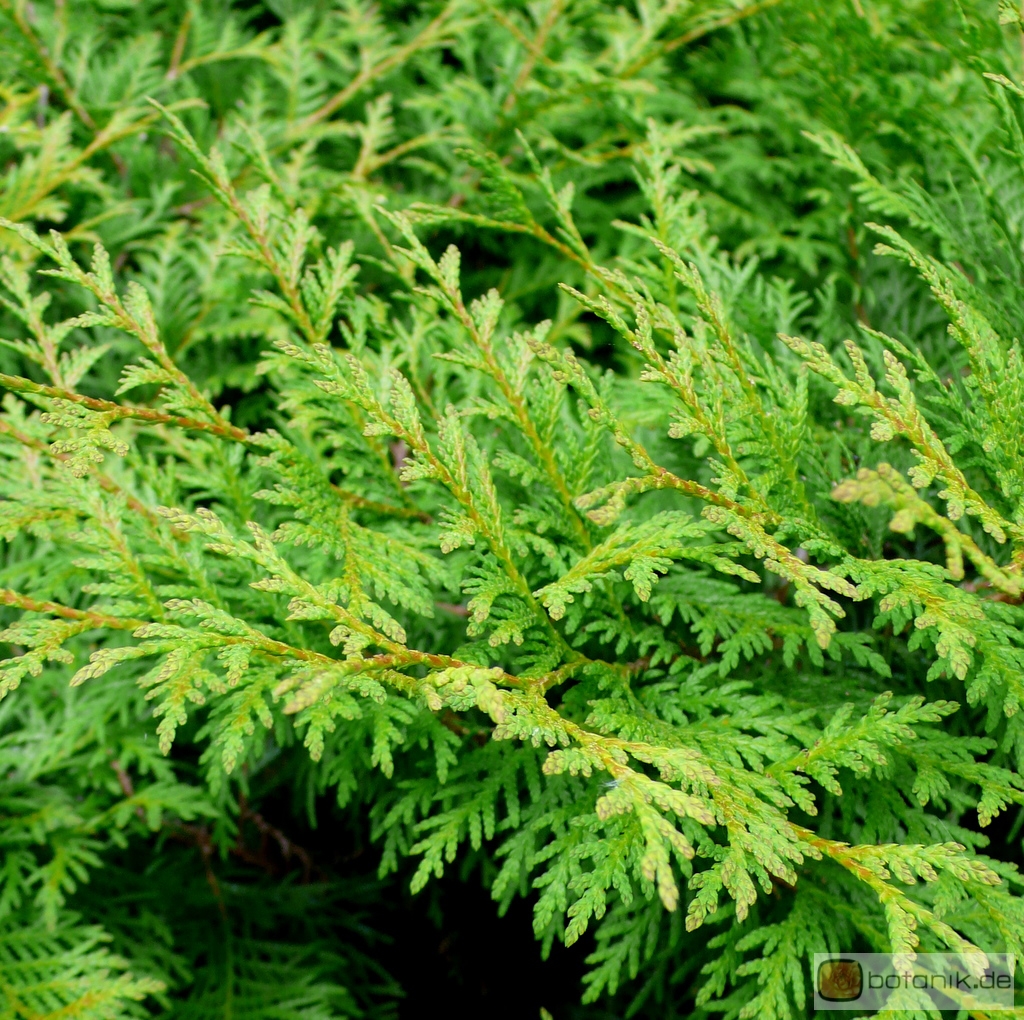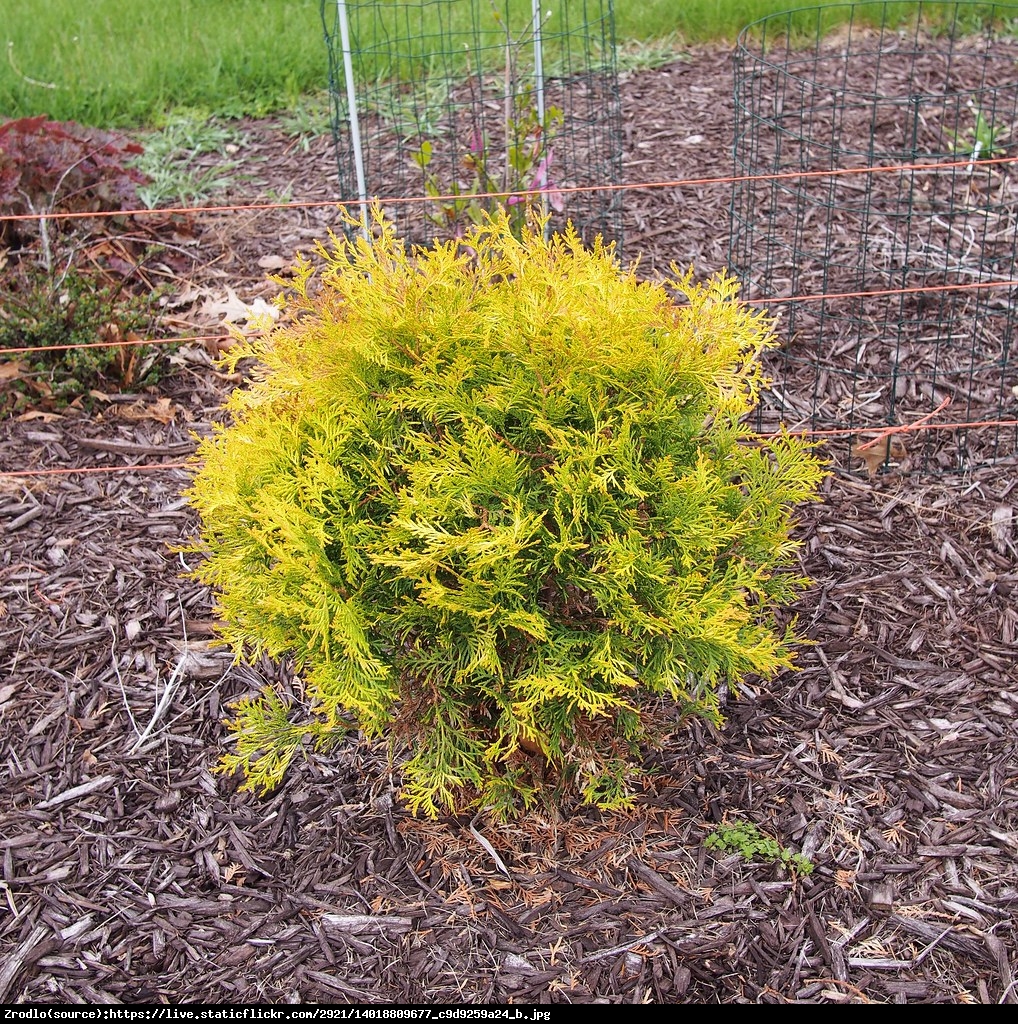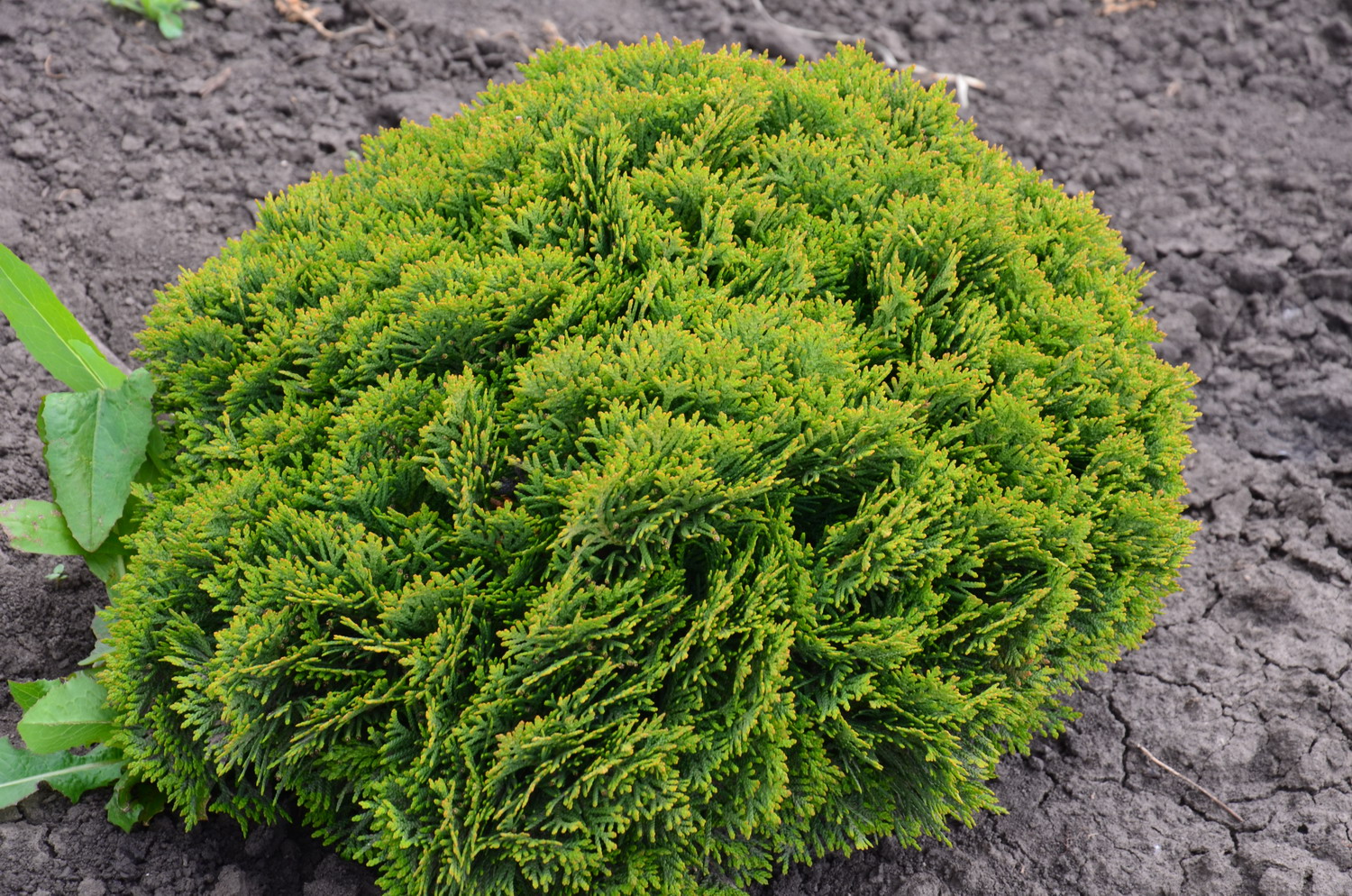
Thuja occidentalis 'Globosa' Thuja occidentalis, Plants, Plant needs
Thuja Occidentalis Globosa Arborvitae is an evergreen, dwarf conifer shrub with a spherical form. Globosa Arborvitae is blanketed in gray-to-green leaves that turn brown to green during winter. This deer-tolerant selection grows well in full sunlight with moist, acidic soils. It is a great choice for borders and hedges. Ideal for USDA Zones 2-7.

Туя западная Thuja occidentalis’Globosa Aurea’ Купить хвойные деревья и кустарники в
Thuja occidentalis 'Globosa Aurea' is a delightful, low-growing evergreen shrub, perfect for adding a touch of bright color to the landscape. Its adaptability and easy-care nature make it a popular choice for various garden styles and purposes. Thuja occidentalis 'Globosa Aurea': An In-depth Look

Thuja occidentalis 'Globosa' Rasadnik Franceskija
Discuss Thuja occidentalis 'Globosa' with other Shoot members Read more ShootChecker™ Get the Right Plant, Right Place Thuja occidentalis 'Globosa' (White cedar 'Globosa') Select a garden project to check if this is the right plant for the garden conditions. Garden project. Update garden condition details.

Zerav západní Thuja occidentalis Globosa, rostlina
The most common species, Thuja occidentalis (Eastern Arborvitae), is native to northeastern America, while Thuja plicata (Western Red Cedar) is indigenous to the Pacific Northwest. Thuja orientalis (Oriental Arborvitae), as the name suggests, originates from Asia.
Plant Gallery Encyklopedia Roślin Thuja occidentalis 'Globosa' Żywotnik zachodni 'Globosa'
Thuja occidentalis 'Golden Globe' Pronunciation: THOO-yuh ok-si-den-TAY-lis SKU #07286 3-8 Your climate might be too cold for this plant: Change Location Find In Store OVERVIEW DETAILS STYLE CARE This Plant's Growing Zones: 3-8 Your USDA Cold Hardiness Zone: Your climate may be too cold for this plant Change Location Be Inspired

Thuja occidentalis “Globosa” (Tuja “Globosa”) Rasadnik Fuderer
Scientific Name: Family: Cupressaceae Genus: Thuja Species: occidentalis Hardiness Zone: 2 to 7 Height: 20 to 40 ft Width: 10 to 15 ft Common characteristics: The northern white cedar is a shrub to small tree, heights can reach 20' to 40' tall and 10' to 15' wide.

Thuja occidentalis ‚Globosa' Duet s.j. Produkcja i dystrybucja roślin
Thuja occidentalis L. Sp. Pl. 1002. (1753) This name is reported by Cupressaceae as an accepted name in the genus Thuja (family Cupressaceae ). The record derives from WCSP (data supplied on 2023-07-18) which reports it as an accepted name Local Descriptions

Thuja occidentalis 'Globosa' Kugelthuje Garten Pflanzen Blumen Gartenbetriebe Gärtnereien
Thuja occidentalis 'Hetz Midget' // Hetz Midget Eastern (American) Arborvitae Shrub. The fine, rich green foliage is usually evergreen, but may change to shades of yellow-brown-green in winter. Dense, globe-shaped form, 3-4' tall. Bed 184.. (Woodward Globosa) Arborvitae Shrub. Dark green foliage turns bronze/brown in winter.

Tuja Żywotnik zachodni Globosa Aurea Thuja occidentalis Globosa Aurea
Glossary References Thuja occidentalis hardly ever makes a substantial tree in the UK. The tallest recorded are a few sad-looking survivors from a trial plantation at Bedgebury Forest, Kent, which were 18 m tall in April 2015. (The taller, darker conifer on the right is Cryptomeria japonica .) Image Owen Johnson.

Thuja occidentalis (туя західна) 'Globosa' СадГород
Thuja occidentalis Common names: Eastern arborvitae, Northern white cedar, Eastern white cedar, American arborvitae All pictures (4) Share Overview More Information Care Knowledge Cultivars Photo Gallery (4) Thuja occidentalis (Eastern Arborvitae), habit, winter; © Edward A Hedborn, Jr

Thuja occidentalis Globosa
Thuja occidentalis ( Globosa American Arborvitae ) Evergreen, coniferous tree. This dwarf cultivar has a spherical shape with gray to green leaves. Foliage in winter is often brown to green. This plant enjoys good sun exposure and a moist, acidic soil. Also snown as cv. Globularis or Tom Thumb.

Tuia Globosa nana occidentală globulară. Thuja occidentalis Globosa nana PLANTE.md
Height: 20.00 to 40.00 feet Spread: 10.00 to 15.00 feet Bloom Time: Non-flowering Bloom Description: Non-flowering Sun: Full sun to part shade Water: Medium Maintenance: Low Leaf: Evergreen Attracts: Birds Other: Winter Interest Tolerate: Clay Soil, Wet Soil, Black Walnut, Air Pollution Invasive: Where is this species invasive in the US?

Thuja occidentalis 'Globosa Aurea', Lebensbaum 'Globosa Aurea'
Potentially harmful. Genus. Thuja. Genus description. Thuja are fast-growing evergreen trees of narrowly conical habit, with flat sprays of tiny, aromatic, scale-like leaves and small knobbly cones. Name status. Accepted. Advertise here. Find help & information on Thuja occidentalis 'Globosa' from the RHS.

Plant Gallery Encyklopedia Roślin Thuja occidentalis 'Globosa' Żywotnik zachodni 'Globosa'
Thuja Type: Conifer Native to (or naturalized in) Oregon: No Conifer, evergreen tree/shrub, to 40 ft (12 m) high, broad pyramidal, branches erect and out spreading, densely crowded. Bark reddish brown, fissured into narrow ridges covered with elongated scales.

Thuja occidentalis Globosa, Klottuja, 3040 C3,5
When it comes to low maintenance ornamental trees, Thuja Occidentalis is one of the most popular choices for gardeners of all skill levels. Also known as Eastern Arborvitae (tree of life), Northern white cedar, or swamp cedar, this evergreen coniferous tree is very popular in eastern Canada and the north-central United States.
/Thuja_occidentalis_foliage_Wisconsin-58f3064b3df78cd3fc6e39b7.jpg)
How to Manage and Identify Arborvitae
C. Thuja Occidentalis 'Smaragd' 'Smaragd', also known as 'Emerald Green', is a compact variety native to North America. It boasts a narrow, pyramidal shape and lustrous, bright green foliage that endures even through winter. With a mature height of 10-15 feet, 'Smaragd' is excellent for small gardens.